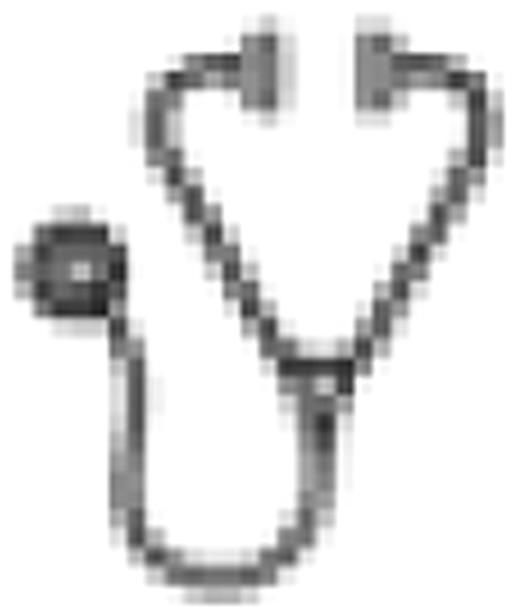Abstract
Abstract 3033
Donor lymphocyte infusion (DLI) approach alone for treatment of relapse has led to significant response in CML. For non CML diseases however, DLI remains relatively disappointing. Lymphodepletion may enhance anti-tumor effects of transferred T cells in vivo through several mechanisms including the elimination of suppressive CD4+CD25+ T-regulatory cells, NKT cells, with creation of an immunologic “space” with recruitment of homeostatic proliferative cytokines such as IL-7 and IL-15. DLI efficacy might be improved through manipulation of the recipient immune environment to allow for in vivo expansion of donor T cells. We postulated that induction of a relative lymphopenia in a graduated fashion may reduce toxicities and be sufficient to upregulate in vivo homeostatic cytokines to the benefit of transferred T cells. Therefore, we designed a dose-escalation study of DLI preceded by lymphodepletion with fludarabine (Flu) and cyclophosphamide (Cy). Lymphodepletion was proposed to avoid an overwhelming toxicity due to severe GVHD. We treated 17 patients (median age at transplant : 46 y (18 - 67) for relapse of various hematologic malignancies (6 AML/MDS, 4 ALL, 3 Hodgkin's disease, 2 T-NHL, 2 multiple myeloma) following allogeneic transplantation (5 myeloablative conditioning, 12 RIC; donors: 10 siblings, 7 MUD). To avoid overwhelming toxicity due to severe GVHD, we proceeded by sequentially escalating both LD and T cell doses infused with the DLI. Lymphodepletion consisted in Flu 25 mg/m2/d for 3 days followed by infusion of 1×107 CD3+ cells/Kg. If no GVHD developed and disease persisted or progressed, the same LD was followed by a second DLI at 5×107 CD3+ cells/Kg. At the next step, LD combined both Cy 600 mg/m2 for one day and Flu 25 mg/m2/d for 3 days followed by DLI at 5×107 CD3+ cells/Kg. Twenty-five LD-DLI were performed. Prior LD-DLI, eight patients received DLI not preceded by LD. Ten, six and one patient(s) received respectively one, two or three LD-DLIs. The first LD-DLI was given at a median of 234 days (range 62 days – 14 y 11 m) following allogeneic transplantation. Median follow-up after the first LD-DLI was 153 days (54-538). The cumulative incidence of grade II-IV acute GVHD was 36 %. The median onset of acute grade II-IV GVHD following the last LD-DLI was 31 days (range 15-59) not significantly different from a control group of 64 patients receiving DLI without lymphodepletion (34 days, range 12-120). Tumor response to LD-DLI was observed in 7 patients, 3 achieved CR, 4 achieved PR. At last follow-up, 7 pts died: 6 due to relapse (3 AML/MDS, 2 ALL, 1 T-NHL) and 1 from lung carcinoma. No patient died due to GVHD. Overall survival from LD-DLI was 55 % at one year. Although, there is some risk associated with lymphopenia in patients receiving multiple cycles of fludarabine therapy in this post-transplantation context, we did not observed significant infection. Study of the immunomodulatory effects of LD in these patients (pre- and post-LD-DLI T cells including Treg and cytokine secretion) are currently being further characterized. We conclude that LD-DLI has an acceptable toxicity if used in a stepwise manner or adapted to the severity of the disease.
No relevant conflicts of interest to declare.

This icon denotes an abstract that is clinically relevant.
Author notes
Asterisk with author names denotes non-ASH members.

This feature is available to Subscribers Only
Sign In or Create an Account Close Modal